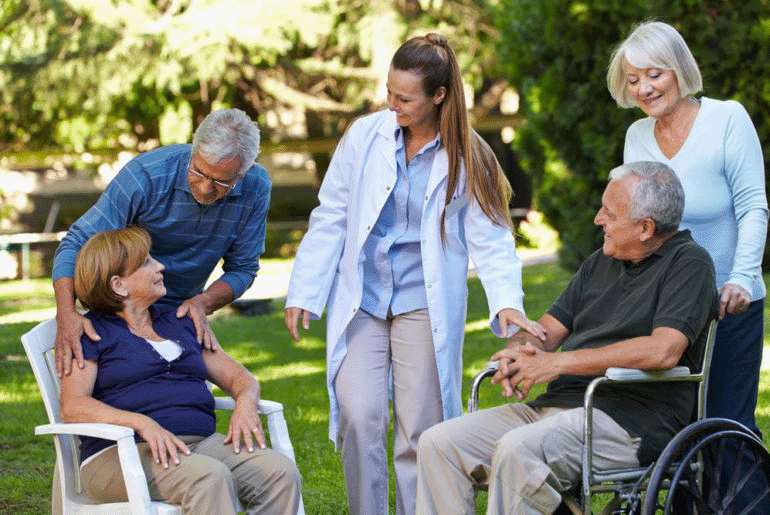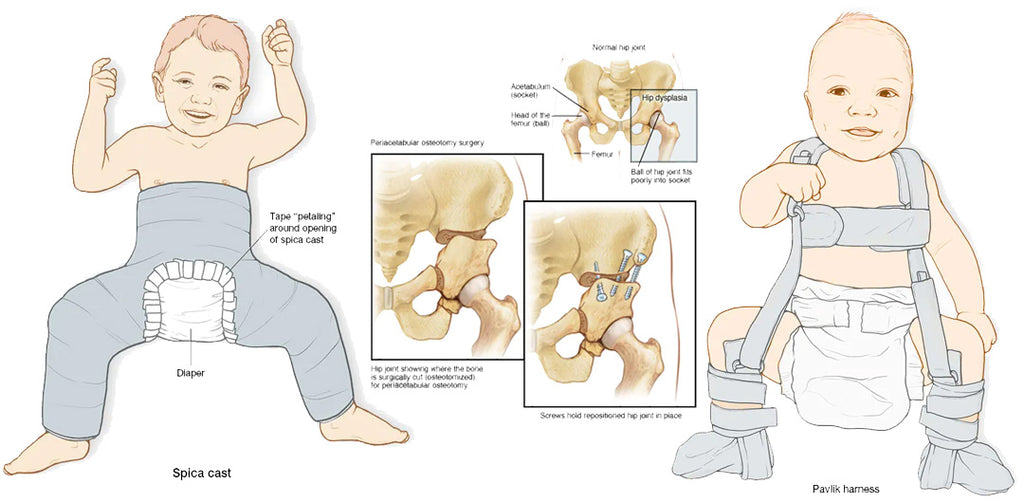News RSS
Maximizing Recovery: The Role of Braces, Splints & Supports in Healing
"Maximizing Recovery: The Role of Braces, Splints & Supports in Healing" Introduction to how supports help stabilize injured areas, alleviate pain, promote wound healing, and aid in the rehabilitation process. Types of Injuries and Support Selection: Fractures and Sprains: Analyzing the Role of Supports in Fracture and Sprain Rehabilitation and How to Choose the Right Support. Providing Stability: Stability is crucial for fractures. Supports like casts, braces, or splints maintain proper bone alignment, facilitating healing. Reducing Burden: During the rehabilitation phase, supports help distribute weight and pressure, reducing the burden on the injured area, especially during activities like walking. Restricting...
Journey to Renewal: Embracing Life After Recovery
Journey to Renewal: Embracing Life After Recovery Explore our five-stage recovery program, designed to reignite passion for life and instill courage in the face of challenges. Focusing on both physical and emotional healing, this holistic approach aids in rediscovering joy, building resilience, and achieving a fulfilling life post-recovery. Join us on this transformative journey to wellness. Stage One: Recognition and Acceptance, Life Goes On Focus: Helping recovery patients realize that even though their lifestyle may have changed, it doesn't mean life has stopped. Strategy: Employ Cognitive Behavioral Therapy (CBT) techniques to assist individuals in reconstructing their views on...
Elbow Protective Braces: Types and Uses
Protective Braces Overview Protective braces are specialized devices used to support and protect limbs, particularly the elbow, during the recovery phase of an injury or after surgery. There are two main types: 1. Unhinged Braces: These do not allow any movement of the joint. 2. Hinged Braces with Locked Articulation: These can be adjusted to allow limited movement or can completely immobilize the joint. Purpose and Function • Immobilization: Immediately after an injury or surgery, it's crucial to keep the elbow from moving. This immobilization helps in reducing pain and swelling (edema) and aids in the healing process of the...
Optimizing Elbow Rehabilitation: A Guide to Selecting and Using the Right Braces
Summary of Elbow Rehabilitation and Bracing (As a library, NLM provides access to scientific literature. Inclusion in an NLM database does not imply endorsement of, or agreement with, the contents by NLM or the National Institutes of Health.) Abstract The elbow joint, critical for hand movement relative to the body, has a complex structure prone to stiffness, especially when immobilized after trauma. Early mobilization is essential in post-traumatic scenarios, with a focus on protecting ligamentous structures during movement. Rehabilitation includes using elbow braces, which are selected based on the clinical situation and intended rehabilitation goals. These braces vary in...
Hip Recovery Post-DDH Surgery: The Role of Braces and Therapy
Hip dysplasia During well-baby visits, doctors typically check for hip dysplasia by moving an infant's legs into a variety of positions that help indicate whether the hip joint fits together well.Mild cases of hip dysplasia can be difficult to diagnose and might not start causing problems until you're a young adult. If your doctor suspects hip dysplasia, he or she might suggest imaging tests, such as X-rays or magnetic resonance imaging (MRI). Hip dysplasia treatment depends on the age of the affected person and the extent of the hip damage. Infants are usually treated with a soft brace, such as...
Tags
- All
- ACL injury rehabilitation exercises
- ACL Injury Symptoms and Diagnosis
- ACL recovery
- ACL rehabilitation
- ACL surgery
- Adjustable Cervical Neck Collar
- Ankle Braces
- anterior cruciate ligament (ACL) tears
- Back braces
- best knee braces
- Best MCL brace for sports injuries recovery
- best unloader knee brace
- Braces & Sleeves Guide
- Cervical Collar
- cervical collars for neck support
- Cervical Neck Collar
- Cervical Orthoses
- Cervico thoracic Orthoses
- Custom Knee Braces for ACL Support
- Duration of wearing knee brace for MCL tear treatment
- HINGED WRIST HAND ORTHOSIS
- Hip Braces
- hip braces and splints
- hip replacement recovery
- How to heal knee ligament injury with braces
- Jaylen Rosga
- Kinee injuries
- Knee Brace Brands
- Knee Brace Selection
- knee braces
- Knee Joint
- Knee Osteoarthritis
- Knee Support
- Lumbosacral orthosis
- Lumbosacral orthosis Support Excellence
- Mastering Hip Brace Recovery
- Measure for Knee Sleeves
- Neck Brace Support
- Non-surgical MCL injury treatment options
- OA unloader knee brace
- Orthosis for Spinal Hyperextension
- orthosis for spinal support
- Orthosis with Swivel Sternal Pads
- Postoperative Neck Support
- purpose of a hinged elbow brace
- Recommended Braces and Sleeves
- Rehab exercises for MCL sprain with brace support
- rehabilitation aspects of ankle braces
- soft braces
- Tips For Selecting a Medical Walking Boot and Our List of Top Rated Boots
- Unloader Knee Braces
- User experiences with cervical orthosis
- Using knee braces for sports post-ACL tear
- WRIST HAND ORTHOSIS


